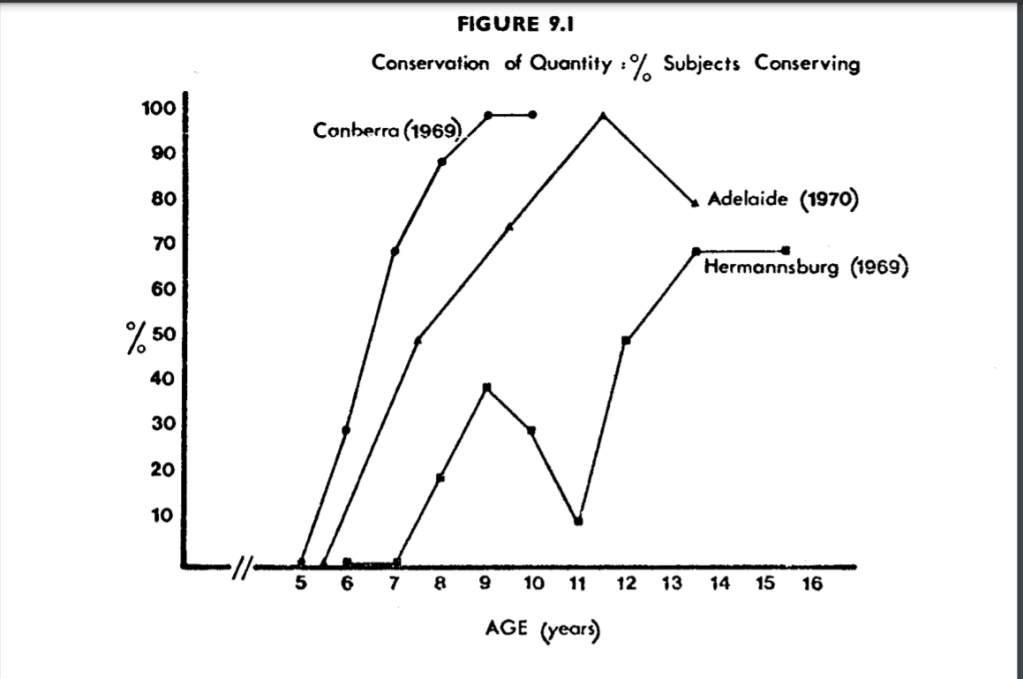(this list is incomplete and is being updated in real time)
METHOD
To make this list I looked at all the living people who had ever been Time’s person of the year, person of the decade, person of the century, or included on Time’s list of the 100 most influential people of the year, the century, or all time. Points were allotted as follows:
One of the 100 most influential of the year = 0.01 points
Person of the year: 1 point
Person of the year 1st runner up: 0.5 points
Person of the year 2nd runner up: 0.33 points, etc…
One of the 100 most influential of the century = 1 point
Person of the decade = 10 points
Person of the half-century = 50 points
Person of the century = 100 points
One of the hundred most influential people of all time = 50 points (since recorded history is 5000 years and there are 100 people)
If they shared any of these honors with someone else, the points got divided by the number of people. So for example James Watson got 1 point for being one of the 100 most influential people of the 20th century and got 50 points for being one of the 100 most influential people of all time, but since both honors were shared with Francis Crick, his total was 25.5 points making him the most influential living person ever (according to the collective wisdom of the World’s most prestigious magazine).
NUMBER 1: JAMES WATSON 25.5 POINTS

Launching the genetic revolution is the most influential event since the discovery of agriculture; actually more so because it will mark the end of our species. Woke Time magazine would be horrified that they accidentally told the truth in ranking an HBDer so high (by my scoring method, at least).
NUMBER 2: Mikhail Sergeyevich Gorbachev 13 points

Caused the collapse of the Soviet Union, dramatically changing the trajectory of World history.
NUMBER 3 & 4: THE LIVING BEATLES (12.75 points each)

Created the most loved art of all time, and inspired history’s most influential generation to change the World.
Number 5: Donald Trump 3.37 points

Woke Time magazine would be horrified to learn they’ve ranked Donald Trump above the media’s golden boy Barack Obama, especially since Obama was named person of the year twice and Trump only earned that title once. However the partial credits Trump earns from being runner-up so frequently allowed him to overtake his predecessor in cumulative influence. Whether for better or for worse, his impact on the World has been enormous.
Number 6: Barack Obama 2.11 points

Arguably the first black (or near-black) in recorded history to be the most powerful person on Earth. Helped bring dignity, pride, inspiration and status to an entire human race. Helped save America from war with Iran and helped make Israel a partisan issue.
Number 7: George W. Bush 2.04 points

Was convinced by the neocons to invade the Middle East, which arguably was the beginning of the end for America’s status as the World’s sole superpower.
Number 8: Lech Walesa 2 points

He led a pro-democratic movement which in ended Communist rule in Poland helping to end the Cold War.
Number 9: Bill Clinton 1.535 points

Number 10: Vladimir Putin 1.39

Helped Russia regain its status as a major World power and counter to U.S. dominance.
Number 11: Bill Gates 1.36

As an entrepreneur he helped launch the computer revolution & as a philanthropist, he changed the face of global health care.
Number 12: Oprah 1.1 points

Invented a more intimate touchy-feely form of media communication. Popularized a genre of talk shows that discussed taboo topics like addiction, infidelity and gays. By creating a culture of confession, helped lead millions of abuse survivors to recovery. Credited with bringing literature to the masses and helping put a black family in the White House.
Number 13: Angela Merkel 1.08 points

Transformed the face of Germany by welcoming a record number of refugees.
Number 14: Pope Francis 1.06 points

Shook up the church with huge symbolic change. Started a commission to look into the church’s sexual abuse problem.
Number 15: Jeff Bezos 1.05 points

Transformed the way we buy things, making shopping a store obsolete.
Number 16: Mark Zuckerberg 1.04 points

Helped lead the revolution from traditional media to social media.
Number 17: Elon Musk 1.04 points

Transformed the World by founding SpaceX in 2002, helping create alternative energy company SolarCity and Tesla, the world’s most valuable car company.
Number 18: Ben Bernanke 1.01 points

Changed U.S. monetary policy and led an effort to rescue the global economy in 2009.
Number 19: Steven Spielberg 1.01 points

Life magazine called him “our Homer and our Hans Christian Anderson,”; films like “E.T.,” “Jurassic Park” and “Schindler’s List.” have shaped the hearts and minds of millions.
Number 20: Robert Allen Zimmerman (Bob Dylan) 1.01 points

Created music that inspired the World’s most powerful generation to seek social change.
Number 21: Greta Thunberg 1.01 points

Inspired millions of humans to stand up for the environment.
Number 22: Jimmy Carter 1 point

Had an unusually peaceful presidency that impacted the World.
Number 23: Queen Elizabeth 1 point

Symbolized tradition for several generations in a changing World.
Number 24: David Ho 1 point

His scientific research helped millions survive AIDS
Number 25: Newt Gingrich 1 point

Led a conservative revolution, turning both houses of congress Republican in the 1990s for the first time in several decades.







